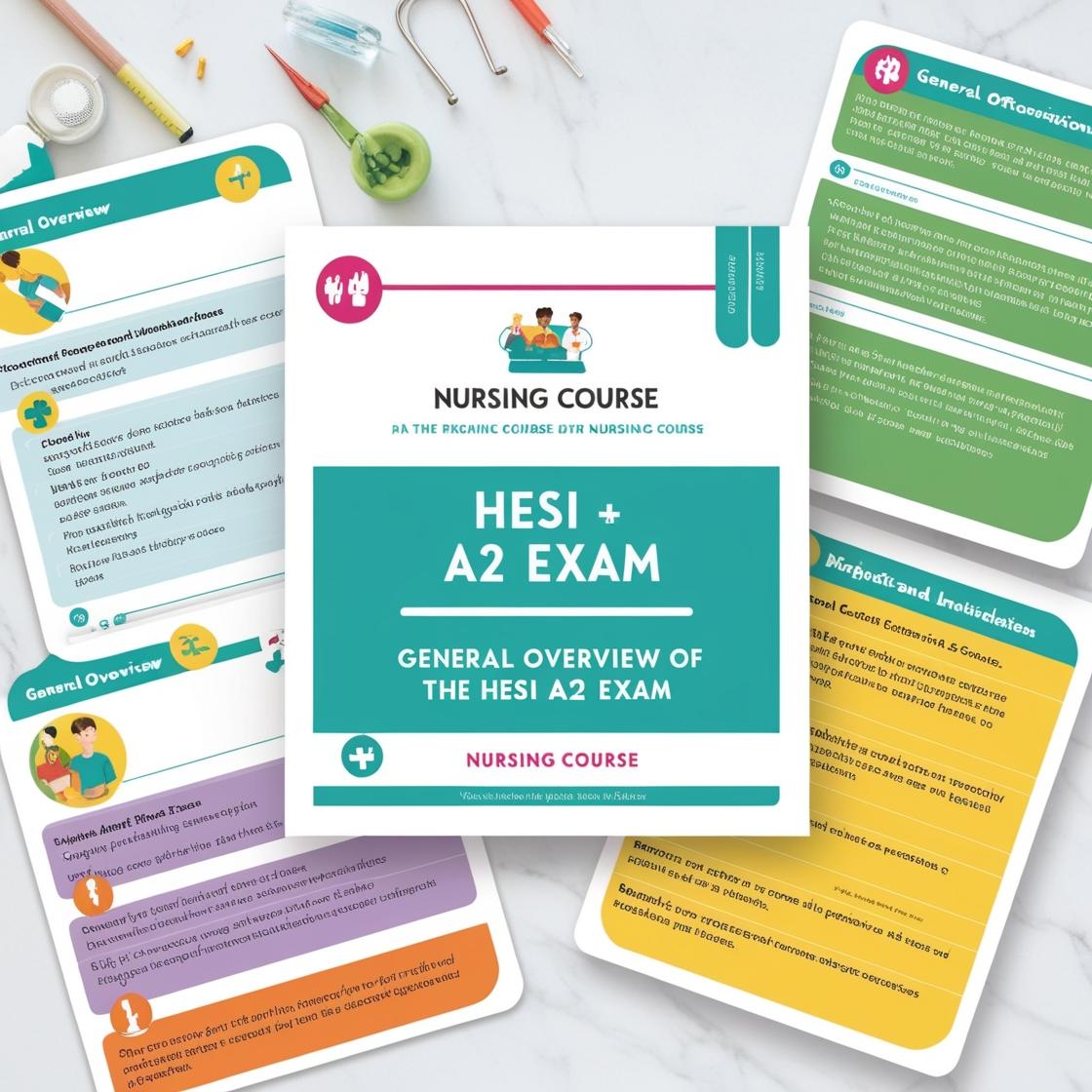HESI A2
Anatomy HESI A2 Practice Test
1. Which of the following statements best describes endocrine glands?
- A. They secrete chemicals into the blood
- B. They secrete enzymes into ducts
- C. They produce sweat
- D. They produce saliva
Correct answer: A
Rationale: Endocrine glands are ductless glands that release hormones directly into the bloodstream. These hormones are then carried to target organs and tissues throughout the body, where they regulate various physiological functions. The statement 'They secrete chemicals into the blood' accurately describes the function of endocrine glands. Choices B, C, and D are incorrect because endocrine glands do not secrete enzymes into ducts, produce sweat, or produce saliva. These functions are typically associated with exocrine glands, sweat glands, and salivary glands, respectively.
2. Which of the following is an organ of the respiratory system?
- A. Brain
- B. Larynx
- C. Urethra
- D. Pancreas
Correct answer: B
Rationale: The larynx is an essential organ of the respiratory system. It plays a crucial role in producing sound, protecting the trachea from food aspiration, and regulating the airflow to and from the lungs. The brain is part of the nervous system, the urethra is part of the urinary system, and the pancreas is part of the digestive system. Therefore, they are not directly related to the respiratory system's functions.
3. When an individual is under stress, hormones are released. Which of the following is not one of the locations where hormones are released when under stress?
- A. Parathyroid gland
- B. Adrenal cortex
- C. Posterior pituitary
- D. Hypothalamus
Correct answer: A
Rationale: The parathyroid gland is not a location where hormones are typically released during stress. It primarily regulates calcium levels in the blood through the release of parathyroid hormone (PTH). On the other hand, the adrenal cortex releases hormones like cortisol in response to stress, the posterior pituitary releases oxytocin and antidiuretic hormone, and the hypothalamus plays a crucial role in coordinating stress responses through the release of corticotropin-releasing hormone (CRH). Therefore, the parathyroid gland is the correct answer as it is not directly involved in the stress response pathway.
4. Which of the following is not a principal organ of the nervous system?
- A. Brain
- B. Thymus
- C. Ganglia
- D. Spinal cord
Correct answer: B
Rationale: The correct answer is B. The thymus is not a principal organ of the nervous system; it is part of the immune system. The brain, spinal cord, and ganglia are principal organs of the nervous system. The brain is responsible for processing information, the spinal cord helps transmit signals between the brain and the rest of the body, and ganglia are clusters of nerve cells that support the nervous system's functions. Therefore, the thymus is the correct answer as it is not directly involved in nervous system functions.
5. Which organ is responsible for the production of hormones during stress?
- A. Parathyroid gland
- B. Adrenal cortex
- C. Posterior pituitary gland
- D. Hypothalamus
Correct answer: B
Rationale: The adrenal cortex is the organ responsible for producing stress hormones like cortisol and aldosterone, which play a crucial role in the body's stress response. During stress, the adrenal cortex releases cortisol, a hormone that helps the body deal with stress by increasing blood sugar, suppressing the immune system, and aiding in metabolism. Parathyroid gland is responsible for calcium regulation, the posterior pituitary gland secretes hormones like oxytocin and vasopressin which are not directly related to the stress response, and the hypothalamus plays a role in regulating hormonal balance and various bodily functions but is not primarily responsible for producing stress hormones.

Access More Features
HESI A2 Basic
$89/ 30 days
- 3,000 Questions with answers
- 30 days access
HESI A2 Premium
$129.99/ 90 days
- Actual HESI A2 Questions
- 3,000 questions with answers
- 90 days access
